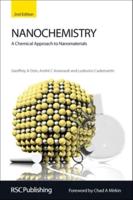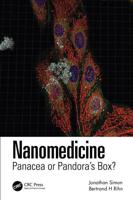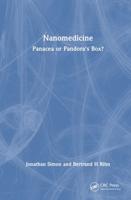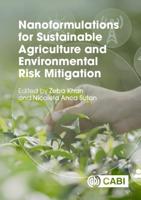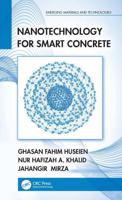Publisher's Synopsis
Nanotechnology has the potential to dramatically improve the effectiveness of a number of existing consumer and industrial products and could have a substantial impact on the development of new applications ranging from disease diagnosis and treatment to environmental remediation. Because of the broad range of possible nanotechnology applications, continued evaluation of the potential health risks associated with exposure to nanomaterials is essential to ensure their safe handling. Nanomaterials are engineered materials having at least one dimension between 1 and 100 nanometers. Nanomaterials often exhibit unique physical and chemical properties that impart specific characteristics essential in making engineered materials, but little is known about what effect these properties may have on human health. Research has shown that the physiochemical characteristics of particles can influence their effects in biological systems. These characteristics include: particle size, shape, surface area, charge, chemical properties, solubility, and degree of agglomeration. Until the results from research studies can fully elucidate the characteristics of nanoparticles that may potentially pose a health risk, precautionary measures are warranted. NIOSH has developed this document to provide an overview of what is known about nanomaterial hazard and measures that can be taken to minimise workplace exposures. NIOSH is seeking comments from occupational safety and health practitioners, researchers, product innovators and manufacturers, employers, workers, interest group members, and the general public so that appropriate existing health and safety guidance can be further refined and disseminated. Opportunities to provide feedback and information are available throughout the book.


